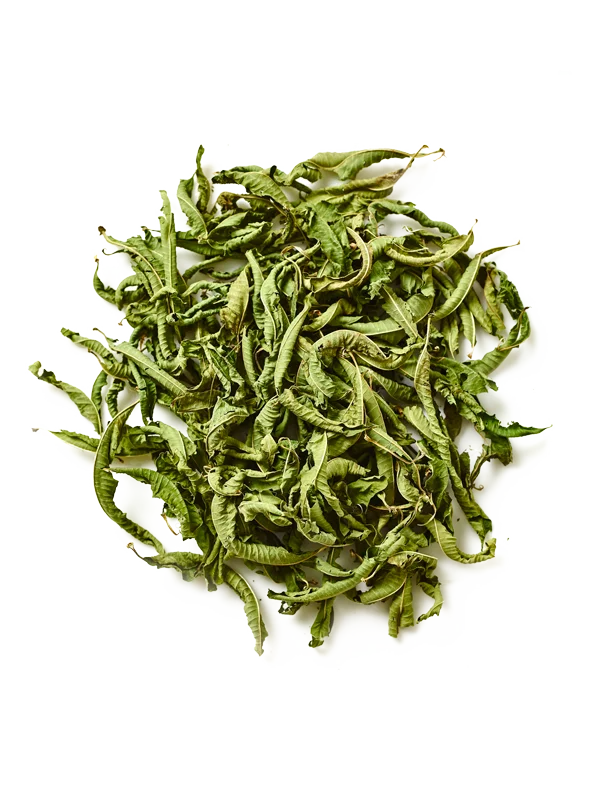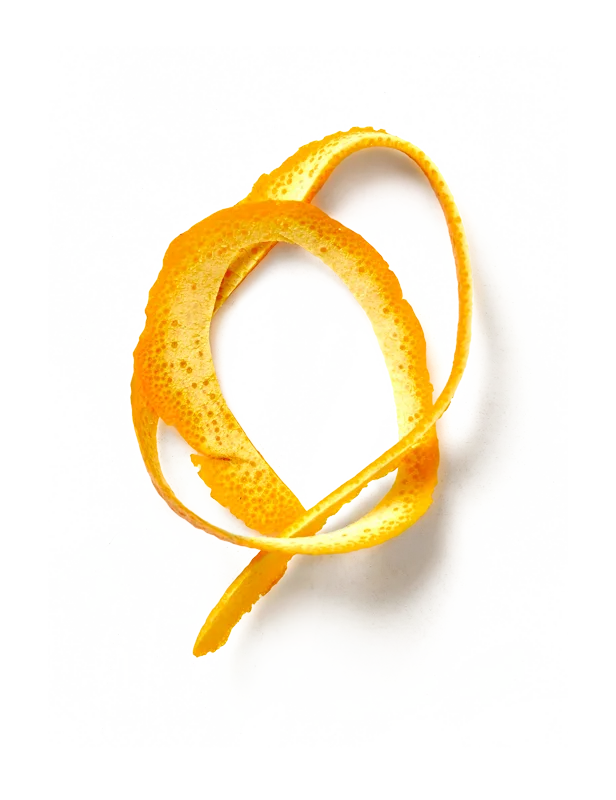Alfalfa
Alfalfa is a perennial flowering plant in the pea family, Fabaceae, cultivated as an important forage crop in many countries around the world, including the United States. Alfalfa has been cultivated for centuries for its valuable medicinal properties.










































